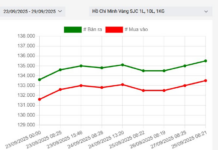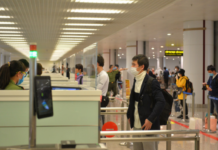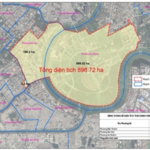With his experience working in the US and involvement in two international airport planning projects in San Francisco, USA, and Ninoy Aquino, Philippines, Dr. Ngo Viet Nam Son, an urban planning expert and architect, shared his insights with Tien Phong Newspaper regarding the operation of the Long Thanh International Airport in Dong Nai province.
Cautious Calculation is Necessary
– Sir, the consulting firm has proposed two operational plans for when the Long Thanh Airport is in use, suggesting transferring all international flights from Tan Son Nhat International Airport in Ho Chi Minh City. What are your thoughts on this?
– Firstly, we need to approach this matter from a scientific perspective, prioritizing the common good. Currently, there are two proposed operational plans:
Plan 1: Transfer all international flights to Long Thanh Airport, while Tan Son Nhat will only serve domestic routes.
Plan 2: Tan Son Nhat handles short-haul international and domestic flights, while Long Thanh caters to long-haul international flights and some domestic routes.

Dr. Ngo Viet Nam Son, an urban planning expert and architect.
In my opinion, Plan 2 aligns better with the conditions in Vietnam. Passengers would find it more convenient to connect between international and domestic flights within the same airport, instead of traveling 40 kilometers between Long Thanh and Tan Son Nhat.
Scientifically speaking, transferring all international flights to Long Thanh is not logical. If domestic flights remain at Tan Son Nhat and international flights operate from Long Thanh, the need for travel between the two airports will increase rather than decrease. In this scenario, Long Thanh cannot function independently but relies on Tan Son Nhat.
Separating international flights to Long Thanh will increase costs. If Long Thanh becomes a hub, long-haul flights will have to gather passengers from multiple locations. Consequently, many domestic passengers will have to fly to Tan Son Nhat and then travel 40 kilometers to Long Thanh for their international connections, incurring additional travel and operational costs.
Plan 2 offers lower operating costs. By gathering passengers for domestic flights and connecting them within the same airport, just 40 kilometers away, the process becomes much more convenient and feasible.
– So, you support the idea of having both airports serving domestic and international flights?
– Indeed, one of the airlines has proposed Plan 2, and I believe it is a more rational choice. Considering their business experience, the airline understands that having Long Thanh serve long-haul international and domestic flights, while Tan Son Nhat handles short-haul international and domestic routes, will be more economically efficient.
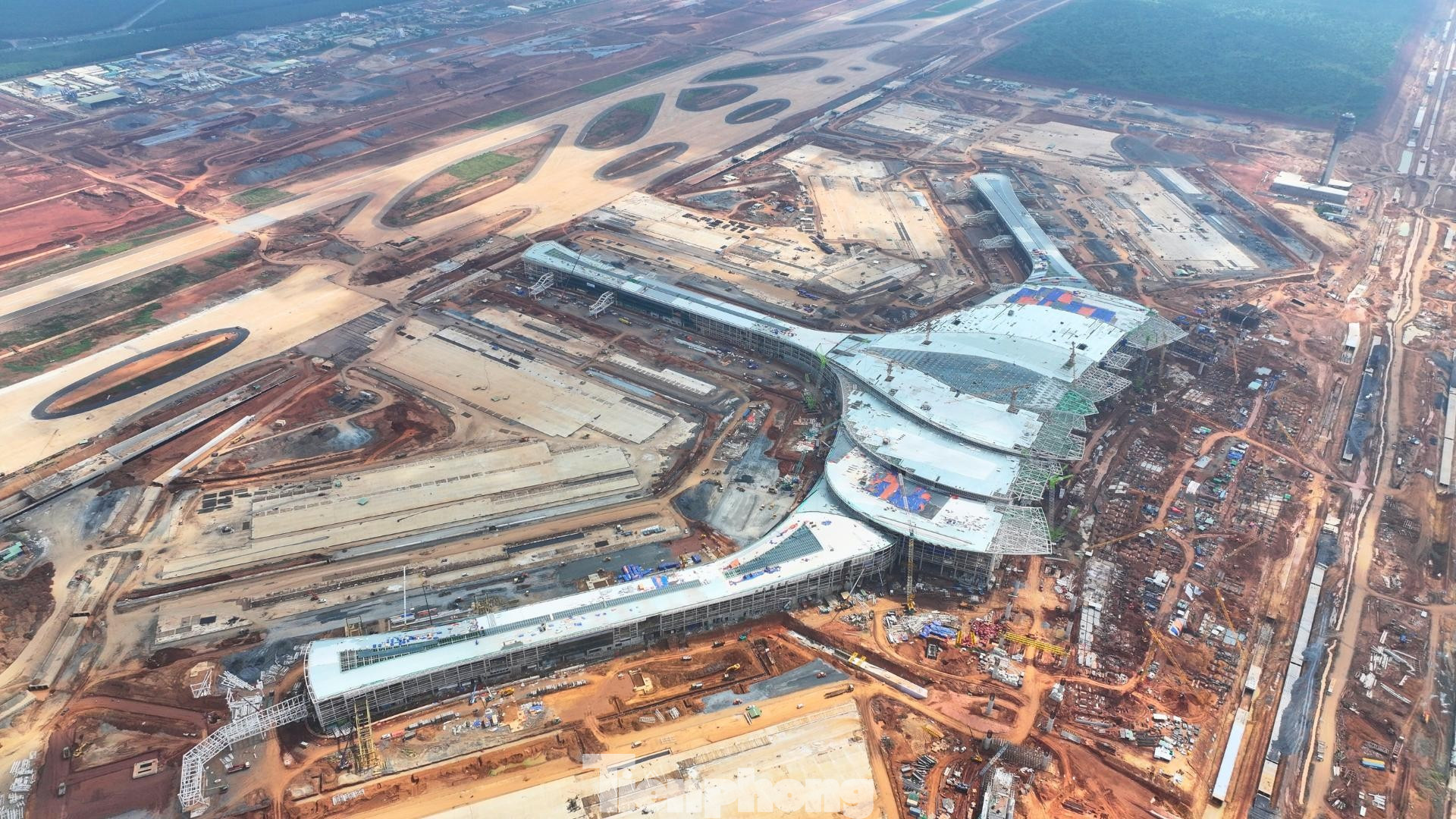
The Long Thanh International Airport project is in its final stages. Image: ACV.
To establish Long Thanh as a hub, significant emphasis has been placed on the airport itself. From my experience working in North America, I’ve observed that no country can establish a successful hub without a strong airline. For Long Thanh to become a hub, the primary airline operating there must be robust not only nationally but also internationally.
In my view, Plan 2 aligns with the airline’s development plan and will contribute to its growth. Undoubtedly, Plan 2 offers lower costs compared to Plan 1.
Learning from International Experiences
– Drawing from your experience in international airport projects, can you elaborate on the causes and consequences of transferring all international operations to a single airport?
– I believe the core principle is that Tan Son Nhat and Long Thanh should support each other’s development. However, we must not put Long Thanh in a position where it cannot function without Tan Son Nhat.
If we adopt Plan 1, Long Thanh cannot operate without Tan Son Nhat. It is unrealistic to expect an international airport to function solely with international flights. International airports typically handle a mix of international and domestic flights, and separating these two types of flights by 40 kilometers will make transit extremely complicated.
I’d like to share an example from my experience. I was part of the design team for the Ninoy Aquino International Airport in Manila, Philippines, where a similar situation occurred. Initially, this airport focused on international flights, and passengers had to take a taxi for several kilometers to connect to domestic flights. This arrangement led to many missed connections. Later, they realized that integrating international and domestic flights in one location would prevent such issues. Therefore, careful consideration is necessary regarding transferring all international flights from Tan Son Nhat to Long Thanh. The operators of Long Thanh International Airport should heed the opinions of the airlines.

Tan Son Nhat International Airport as it stands today.
Previously, I lived in Montreal, Canada, when the city was hosting the World Expo. At that time, the city already had an airport, but the authorities decided to build an additional one—Mirabel Airport. This situation is similar to the current scenario with Tan Son Nhat and Long Thanh, which are also several dozen kilometers apart. The Canadian government mandated that all international flights must transfer to Mirabel, but after a while, due to its distant location (nearly 55 kilometers from the city center), low passenger numbers, and inconvenience, airlines returned to the original airport. Today, Mirabel Airport, despite its massive scale, is only used for cargo operations.
These lessons highlight the need for extreme caution when selecting an operational plan.
– Indeed, careful calculations are necessary to determine the most suitable operational plan for Long Thanh Airport, aren’t they, sir?
– An airport of Long Thanh’s scale, spanning 5,000 hectares with a capacity of 100 million passengers annually, should be capable of independent operation instead of relying on a smaller airport like Tan Son Nhat. Globally, no one constructs a regional-scale airport that depends on another airport for its functioning.
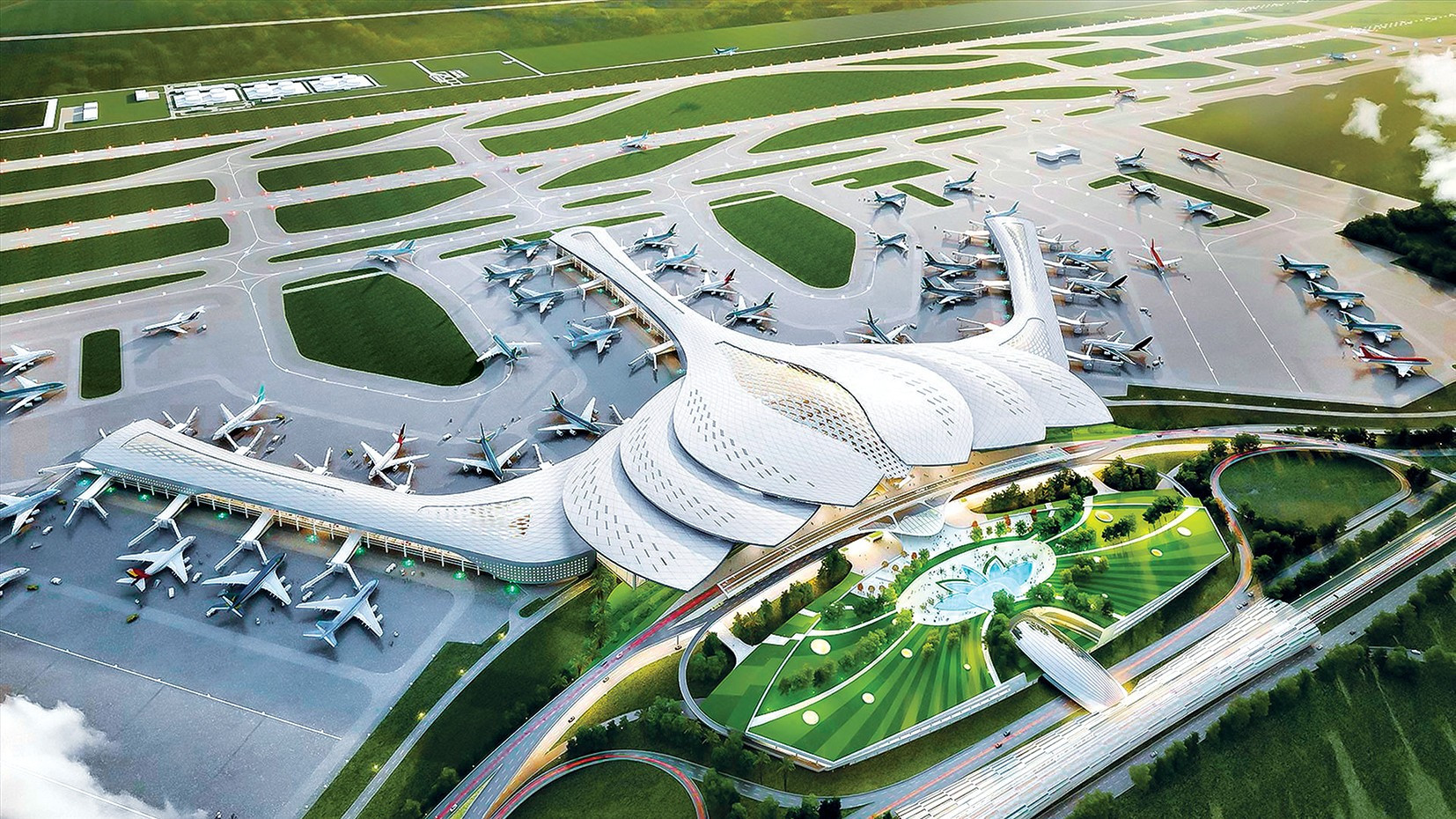
A rendering of the Long Thanh International Airport upon completion and operation. Image: ACV.
In the future, when regional connectivity infrastructure is complete, Tan Son Nhat and Long Thanh can operate in tandem, supporting each other to enhance efficiency. Nonetheless, the foundation must be that Long Thanh can operate independently, without relying on Tan Son Nhat. Plan 2 is moving in this direction.
An important point that is often overlooked is that Tan Son Nhat should focus solely on passenger traffic, while all cargo operations and maintenance should be transferred to Long Thanh.
Long Thanh as the Passenger Gathering Hub
– What are your thoughts on the operation of Long Thanh Airport, especially regarding consolidating all international routes?
– Many people believe that “international travel is the same everywhere.” However, flying to Singapore is vastly different from flying to the US. The US route involves visas and complex procedures, whereas countries like Thailand, Indonesia, and Singapore have waived visas for Vietnamese citizens, making the process almost as simple as domestic travel.
Equating the procedures for short-haul international flights (mainly within Southeast Asia) with those for long-haul flights is unreasonable. Tan Son Nhat should handle short-haul international flights to Southeast Asian countries along with domestic routes, while Long Thanh should focus on long-haul international and domestic flights.
Previously, when I traveled to the US with Singapore Airlines, the airline gathered passengers in Singapore for connections to Los Angeles. Passengers from Vietnam who transited through Singapore were even provided with a free hotel stay for one night. Long Thanh can emulate this model and become a passenger gathering hub for long-haul routes, independent of Tan Son Nhat.
By offering both domestic and international flights from/to Long Thanh and Tan Son Nhat, passengers will have more options instead of being compelled to travel between the two airports.
– Thank you very much, sir, for your valuable insights!
“Long Thanh Airport: A Visionary Gateway to Vietnam’s Future – Official Inauguration Slated for December 19th”
“The Prime Minister has ordered a rescheduling of the construction timeline for Phase 1 of the Long Thanh International Airport project, with the aim of inaugurating it on December 19th. This accelerated timeline underscores the project’s significance as a pivotal infrastructure development for the region.”
“Prime Minister Requests Study on Metro Line Connecting Tan Son Nhat and Long Thanh Airports”
Prime Minister Pham Minh Chinh has instructed the People’s Committee of Ho Chi Minh City to collaborate with the People’s Committee of Dong Nai province on an important project. The project entails the research and development of an underground electric railway connecting Tan Son Nhat International Airport and Long Thanh International Airport.








